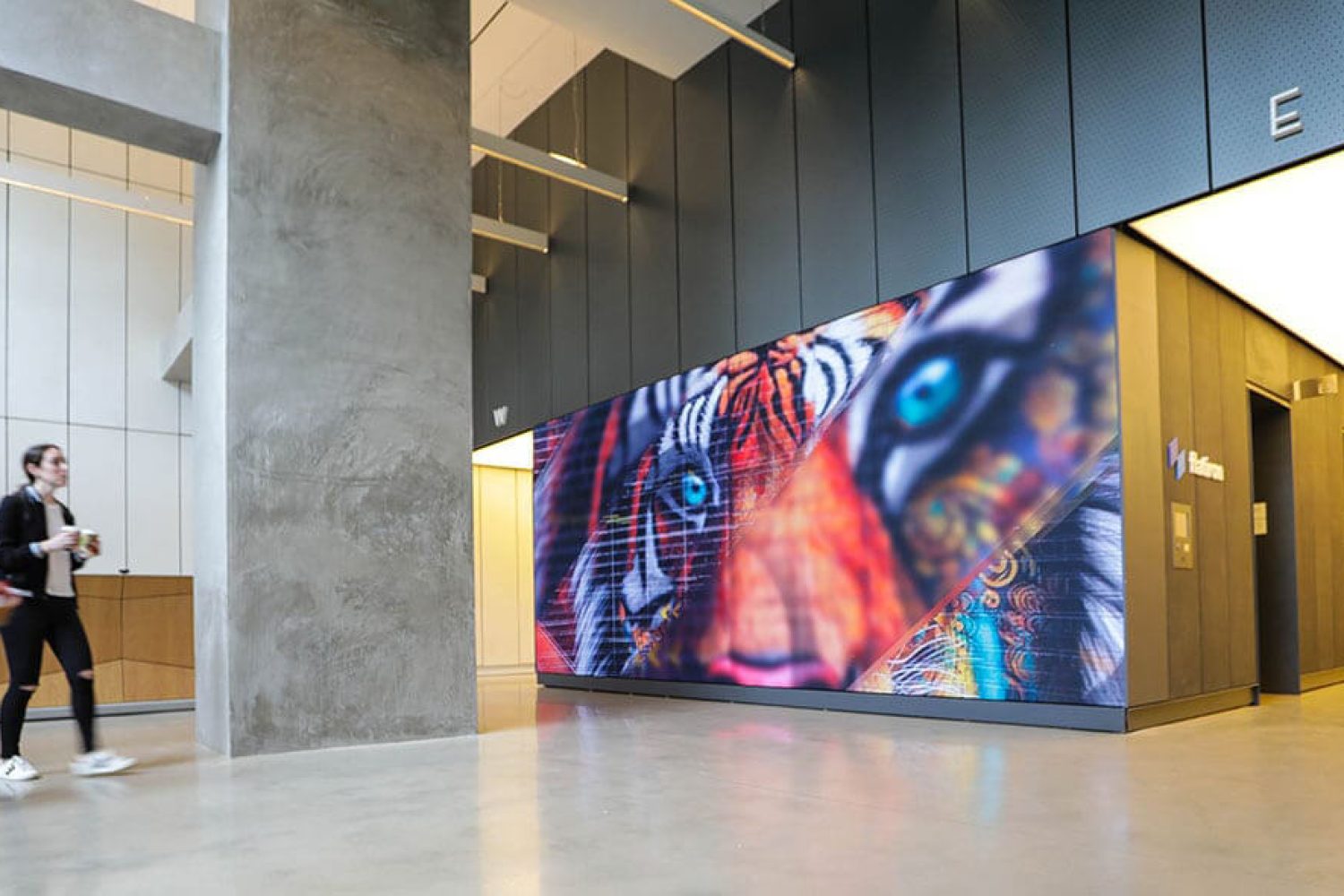Maximizing Aesthetic Impact Via Tactical Content Timing for LED Display Performance
Wiki Article
Maximizing visual effect throughout light-emitting diode screen shows demands careful planning and strategic content scheduling. LED walls represent potent tools for visual storytelling, frequently used in concerts, events, and presentations. The effectiveness of these displays depends not only on the quality of the visuals but additionally on how plus when they are presented. By understanding the audience's focus duration plus the flow of the occasion, event planners can create a more engaging experience that captivates viewers and enhances the total show.
One key aspect of strategic content scheduling is timing. It is vital to align the visuals with the rhythm and pace of the performance. For instance, during a musical performance, images should enhance the rhythm and atmosphere of the melody. This alignment aids to forge a unified encounter that pulls the viewers closer. Additionally, it is crucial to take into account the duration of each image segment. Short, impactful clips can sustain viewer engagement, while extended images may be suitable for moments of reflection or emotional connection. By altering the duration and vigor of the visuals, event planners can maintain the viewers interested during the performance.

Another important factor is the content in question. The visuals shown on the light-emitting diode screen should be pertinent to the theme of the performance. This relevance aids to strengthen the narrative being communicated and makes the experience more memorable for the audience. For example, if the performance is about environmental awareness, using images that depict nature and animals can enhance the message. Furthermore, incorporating dynamic elements, such as animations or interactive graphics, can introduce thrill and maintain the viewers' focus. The appropriate material, shown at the appropriate moment, can significantly elevate the effect of the show.
Audience engagement is also a crucial consideration in content scheduling. Understanding the demographics and preferences of the audience can guide the selection of images. For example, a youthful crowd may react better to bright hues and quick motion graphics, while an mature crowd might value more nuanced and refined images. By customizing the material to the audience's preferences, event planners can craft a more tailored encounter that connects with spectators. Additionally, adding viewer involvement, such as real-time surveys or media engagements, can further enhance engagement and make the performance more interactive.
Finally, evaluating the effectiveness of the content scheduling is essential for future performances. Collecting responses from the viewers can offer insightful information into what was effective well and what could be improved. This information can help organizers improve their strategies and make informed decisions for upcoming events. By constantly evaluating and adapting the visual scheduling approach, organizers can maximize the visual top article effect of light-emitting diode screen shows plus create unforgettable experiences for their audiences.